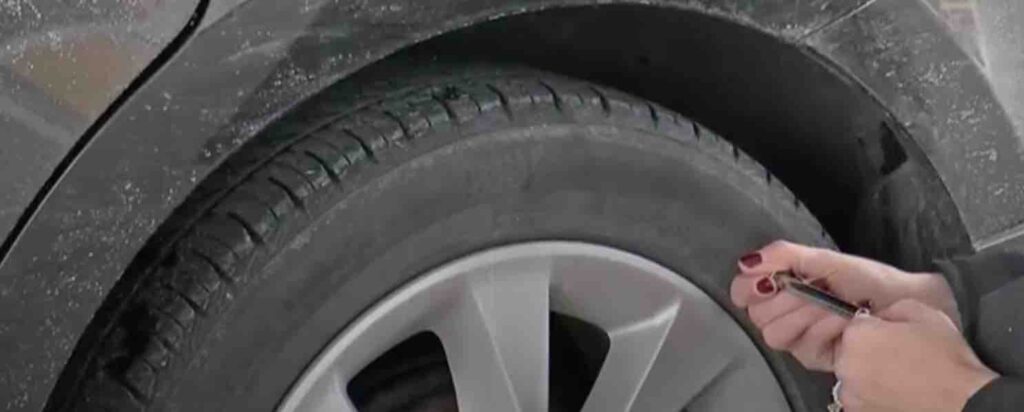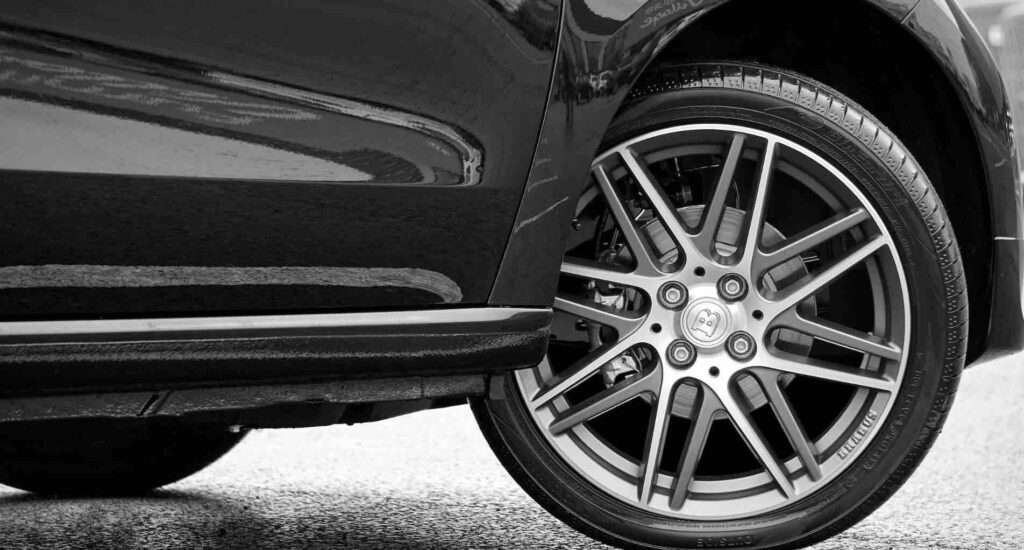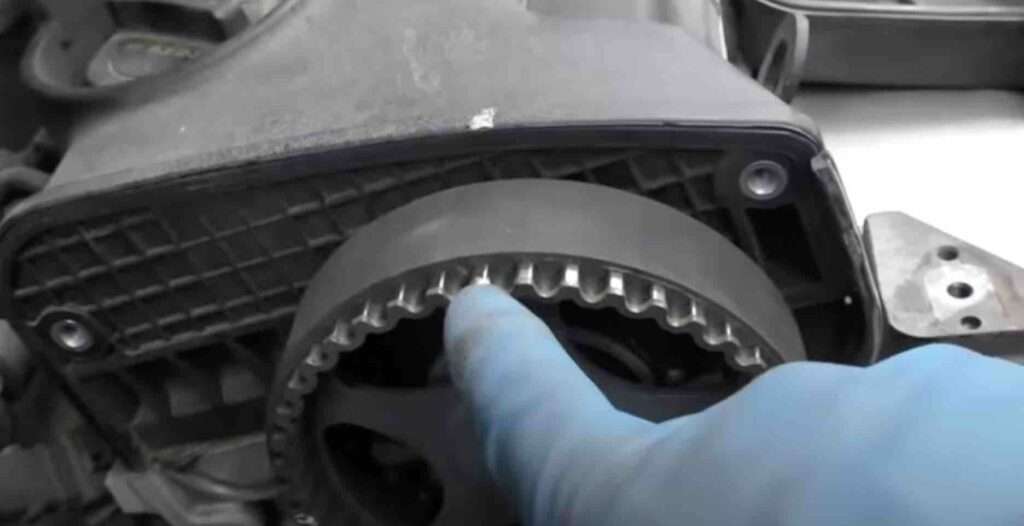And what are the possible reasons why Only One Tire Loses Air in Cold Weather? Let’s find out
Hey guys! Welcome back to our Blog, where we share helpful car maintenance and repair tips and guides. In today’s post, we are going to delve into a common issue a lot of car owners face during colder months or around winter: Why does only one tire lose air in cold weather? This may seem like a mystery, but trust me, it is not, and today, we’re putting on our detective hats and cracking this case. Are you ready, well, let’s dive right into it. The reasons why tires lose pressure in cold weather and then we will look at why sometimes it may be only one tire loses air in cold weather.
Related article: Why is my tire losing air without a hole?
Why do tires lose pressure in cold weather?
So to get started let’s first off, talk about why tires lose pressure in cold weather. Well, if you remember simple basic physics principles you will know why this happens. I am talking about the gas law and its characteristics in different temperatures. So what does it say? Well, the principle state, “the pressure of a gas is directly proportional to temperature”. Going by this, the principle explains why tire pressure tends to drop in the winter months because the low weather makes the molecules in the air within your car tires to move more slowly in colder temperatures, resulting in a decrease in pressure.
So usually, for every 10-degree drop, your car tires can lose about 1 to 2 pounds of pressure. This loss can also lead to worse fuel economy and faster tire wear, as I mentioned earlier. that is where regularly checking and maintaining proper tire pressure readings becomes important for fuel efficiency, tire lifespan, and the safety of you and everyone out.
With that in mind, let’s look at why does only one tire lose air in cold weather and not the rest of your car tires?
Why Only One Tire Loses Air In Cold Weather
Well, this can be due to, a number of reasons. The first reason is the environmental position of your vehicle where one of your wheels might have been slightly more exposed to sunlight or higher temperatures without you knowing it, which could keep the air pressure slightly higher as against the ones not exposed to the sun. The second reason could be a tiny puncture or minor damage on the tire that leads to slow air loss.
Now let’s go through some of the common causes for single tire air loss:
- Tire Damage – Even minor puncture punctures can slowly lead to air loss over time.
- Valve Stem Leaks – Damage or loose valve stems may lead to leakage, while alloy Wheel Issues could create inconsistency between seal and sealer sealant levels leading to air loss over time.
- Bead Leaks – These occur when one tire loses contact with its rim, potentially leading to air loss from only that tire in cold weather. A quick way of diagnosing bead leaks using soapy water: spray soapy water onto each tire in question until bubbles appear as evidence of leakage – that will indicate there may be leakage present in that tire’s treads.
Keeping track of your tire pressure is also vital during wintertime, particularly with cold temperatures setting in. For the most accurate readings, always inspect tires when they’re cold – don’t forget your spare!
Now you may be asking what tire pressure levels should be in cold weather conditions. In general, aim for 30 to 35 PSI, but this may vary based on vehicle make/model or temperature conditions.
What should you do if your tire deflates during winter weather conditions? Make sure that you are safely off of the road before taking steps to identify and locate punctures; remove objects causing punctures if applicable, and use a tire repair kit to temporarily patch holes; however, this solution should only serve as temporary support; professional tire replacement should take place as soon as possible.
Preventing tire deflation involves being proactive. Cleaning your tires on an ongoing basis – especially the valves and beads – is one effective strategy to maintain proper inflation levels. Another helpful suggestion would be switching over to nitrogen as its properties tend not to change with temperature changes as much.
If you live in an area prone to harsh winters, investing in winter tires might be worthwhile. They’re specifically tailored for cold conditions and could potentially save deflation hassles down the line.

Uchenna is a Radiographer and Auto parts mechanic who recently got his automotive diploma as an auto repair technician, and since then, has worked on fixing various car problems.
Working as just a radiographer, Uchenna didn’t just get all the fulfillment he desired, because he truly loved doing things tilted toward cars. As a kid, he would take apart his toy cars to see how they worked and would spend hours tinkering with his bike.
So, in 2017 he made the tough decision to become an auto mechanic. He threw himself into his studies and now loves every aspect of what he does.
He gets to work with his hands, solving problems and bringing cars back to life, and sharing his knowledge and easy quick-fix guide online are all part of what makes him feel fulfilled.





